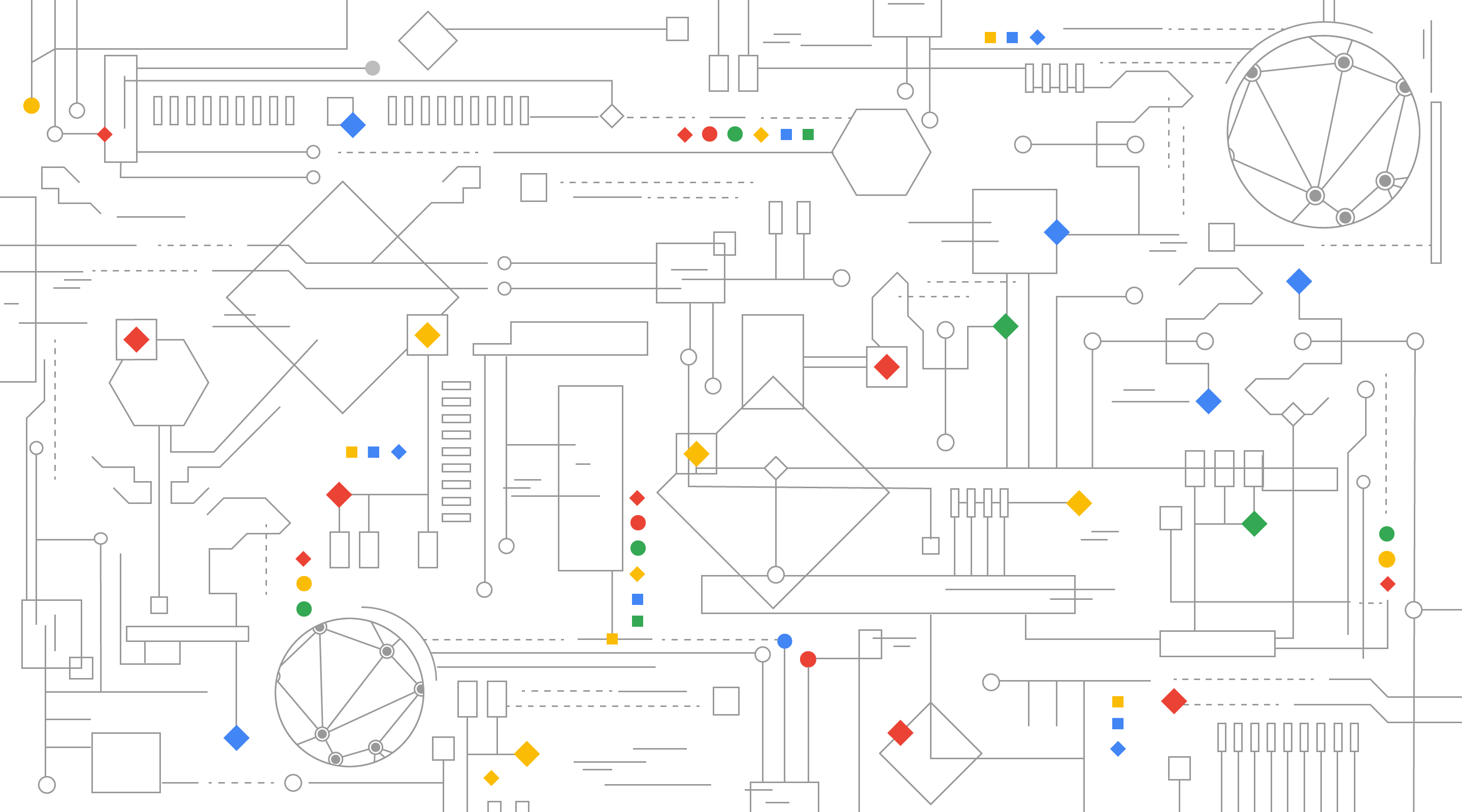How to Run Evolution Strategies on Google Kubernetes Engine

Reinforcement learning (RL) has become popular in the machine learning community as more and more people have seen its amazing performance in games, chess and robotics. In previous blog posts we’ve shown you how to run RL algorithms on AI Platform utilizing both Google’s powerful computing infrastructure and intelligently managed training service such as Bayesian hyperparameter optimization. In this blog, we introduce Evolution Strategies (ES) and show how to run ES algorithms on Google Kubernetes Engine (GKE).
Evolution Strategies are an optimization technique based on ideas of evolution. Recently, ES has been shown (i.e. 1, 2) to be a good alternative for RL at tackling various challenging tasks. Specifically, two of the well known benefits of ES are bypassing noisy gradient estimate for policy optimization and its nature of encouraging distributed computing that brings faster convergence.
While ES, first developed in the ‘60s, have the benefit of ease of scalability, only recently did open source projects (i.e. Salimans et al. 2007) in the research community demonstrate that scaling ES to a large number of machines can achieve results competitive to SOTA RL algorithms. As a result, an increasing number of deep learning researchers have been exploring ways to incorporate evolution-based algorithms into recent research (i.e. 1, 2, 3, 4, 5).
Source: google.com